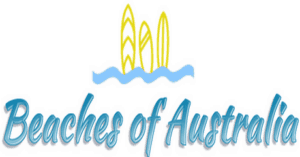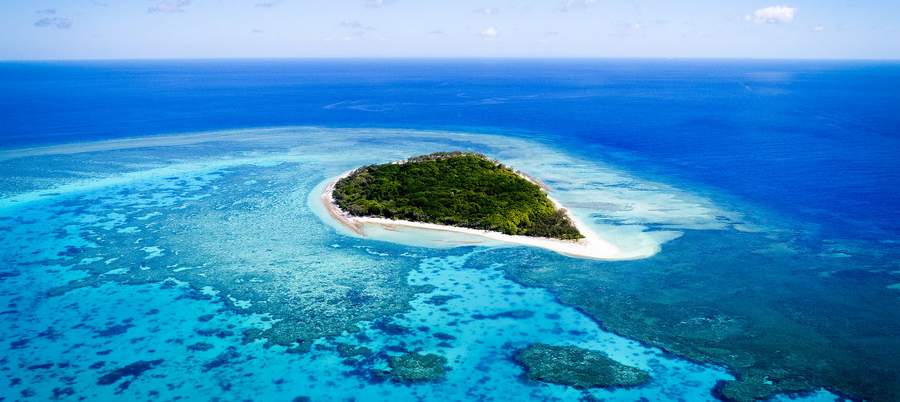Located at the extreme southern end of the natural marvel that is the Great Barrier Reef, Lady Musgrave Island is part of the 2,300 square kilometre area designated as a World Heritage site.
Only Lady Elliot Island is further south. Made of Coral cay, the island contains a huge natural lagoon in its interior.
it is one of the remotest destinations that you can enjoy in the world. Check its many attractions for an unforgettable experience.
Experiencing Lady Musgrave Island
The remote island and lagoon – offers 35 acres of wooded, sandy coral cay (or key) – sits on top of 3000 acres of underwater living coral reef.
It’s part of the Bunker Islands, a group of eight islands located in Australia’s Capricornia Cay National Park

Lady Musgrave Island lies roughly 35 nautical miles off the coast of Queensland.
Lady Musgrave Island is an idyllic destination that can bring harmony to visitors.

Much of the experience is unique – from the warm waters that welcome you, the thousands of species of marine life that surround you, the amazingly vibrant coral formations and the utter peace and quiet of the evening and nights if you remain on the island.
The habitat is home to several species rarely found elsewhere,
Take a trip in a luxury catamaran, stopping offshore to commence the rest of the day’s activities. Watch the fish from a glass bottomed boat and hear a marine biologist’s take on the Great Barrier Reef.
Go snorkelling or scuba diving to watch the fish in their native habitat. Swim next to sea turtles, watch the sharks or whales – all the while wondering at the fish with the fake eye near its tail
This is nature at its most bountiful, you should visit it when you can.
If camping in the lap of Mother Nature is your thing, you cannot ask for a better spot. Indulge in your favourite activities all day onshore or in the waters of the lagoon or the surrounding reef.
At night, enjoy the spectacular beauty of the star-studded sky. It’s a 360-degree experience that you will remember for the rest of your life.
History Of Lady Musgrave Island
Lady Musgrave Island was named after Jeanie Lucinda Field

The islands and reefs in the area were first discovered by Captain Eber Bunker
The island was used for a number of purposes over the next 150 years, including guano mining
By the 1960s, most of these ideas had died. In fact, the Royal Australian Air Force and Royal Australian Navy used the island for bombing target practice during World War II.
There have been a number of shipwrecks around the island, but nothing particularly notable.
In its current avatar, permanent residents or resorts are not allowed on Lady Musgrave Island. Camping is allowed for a limited number of people.
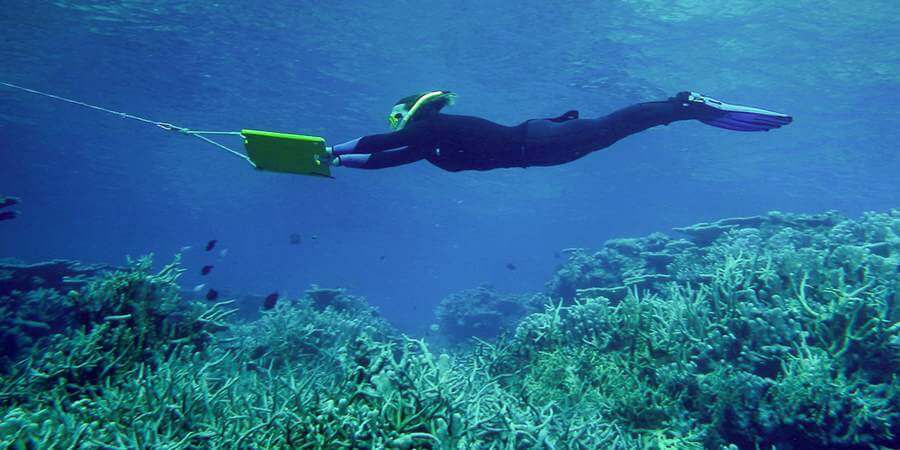
How Far is Lady Musgrave Island From Bundaberg?
Bundaberg
Bundaberg has been called the “Southern Gateway” to the Great Barrier Reef, due to its proximity to the Capricornia Cay National Park area, especially the two southernmost islands in the reef.
Lady Musgrave Island lie 51 miles north-east of the Port of Bundaberg.
How do You Get to Lady Musgrave Island?
Two operators, Lady Musgrave Experience 
Favourite means of travel are by catamarans and/or glass-bottomed boats.
Typically, the boats moored a few hundred feet offshore, allowing the tourists to make ways onto the island for a few hours, or enjoy snorkelling, scuba diving and other activities from one of several designated dive points around Lady Musgrave Island.
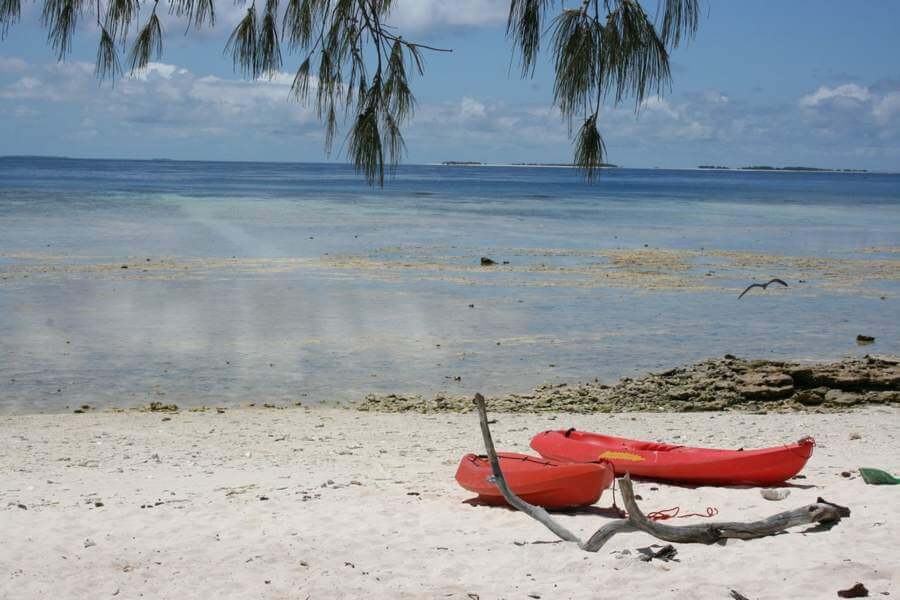
How Long Does It Take to Reach Lady Musgrave Island?
Boat trips from Bundaberg to Lady Musgrave Island take two hours and 15 minutes on average. You can also travel from the town of 1770 on the coast. That requires a one and a half-hour boat ride.
Due to the proximity of the coral cay island and a lagoon, day trips are a regular staple of the tourist trade in the area.
Flora and Fauna Of The Island
The area around Lady Musgrave Island is known for over 200 varieties of coral reef (the overall Great Barrier Reef has over 350 species, the area around the island has most of them), thousands of sea and land fauna and vegetation.
A few of the species commonly found on the island and lagoon area are described below.
Island Vegetation And Beaches
The Bunker Island group contains almost 70% of the Pisonia (Pisonia grandis)trees found in Australia. The larger trees bear wide, thin leaves, bearing clusters of whitish-green flowers – as is common among the Bougainvillea family.
They are soft wooded and shallow-rooted, often found uprooted on the ground. Other commonly found trees include the Hala Tree, a cousin to the Tahitian Screwpine, Pandarus tectorius (a related species to the Pisonia Grandis found close to the shores)and Sandpaper Figs.
Casuarinas (she-oaks) line the beaches, fluttering and sighing in the wind. The wooded areas on the island provide excellent venues for nature walks while enjoying the birds which abound.
50 Species Of Birds Found On The Island
The island provides a natural home for over 50 species of birds, in addition to over 20 species of seabirds, 30 species of shorebirds and another 150 species that visit the area from time to time.
The most common birds found on the island include the white-capped noddy terns that luxuriate in the Pisconia trees, some 40,000 of which visit the island every year between August and May.
Other terns and birds (such as the bridled, crested, bridled and black-naped terns and silver gulls) nest on open ground near the beachfront.
There are many other species that live on the island year around, including the Capricorn silvereyes, the Buff-banded rails, the eastern reef egret, and the pied and sooty oystercatchers.
There are a number of migratory birds that nest on the island.
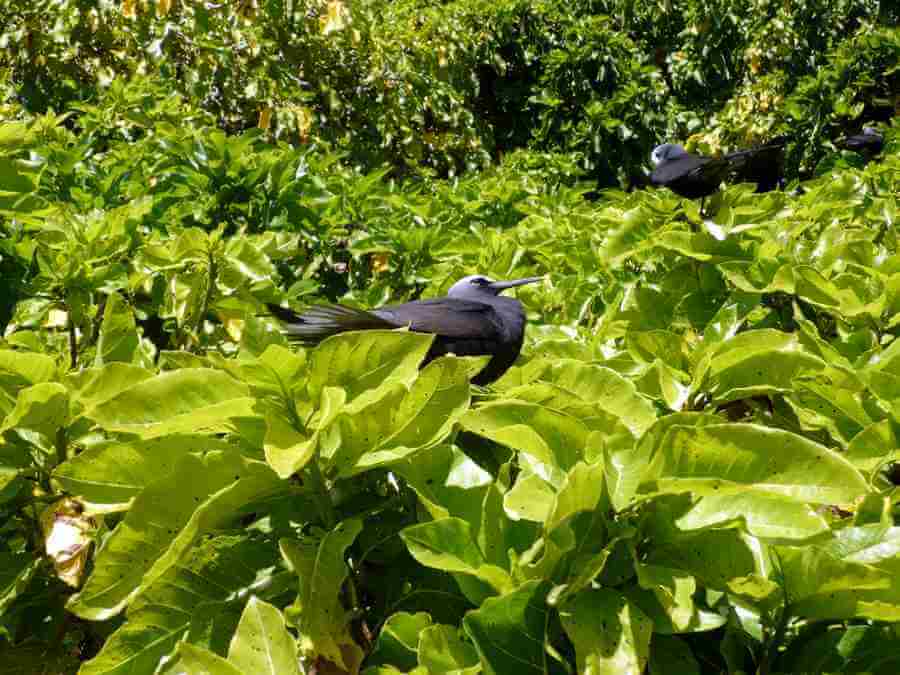
In the summer months (December through May), the so-called Mutton Birds (wedge-tailed shearwaters) make their presence known with their mournful wails every night – though they tend to shy away from human contact.
Other summer visitors, such as the Pacific golden plover (and its cousin the lesser plover), the grey-haired and wandering tattler, the bar-tailed godwit frigate, brown boobies, white sea-gulls and the ruddy turnstone can be found foraging when the tide is low.
The birds are important to maintain the habitat of the island, bring with them seeds and more importantly, guano – which not only serves as fertilizer but helps to maintain the structural integrity of the material that makes up the land mass.
Home To Three Species Of Sea Turtles
The island is home to three species of turtles, including the endangered Green Turtle (Chelonia mydas), friendly as always.
The island is closed to visitors for a couple of months every year, usually between February and March, to protect the turtles when they are laying eggs during nesting season.
The other two species commonly found are Loggerhead Turtles (Caretta caretta) and the critically endangered Hawksbill Turtles (Eretmochelys imbricata).
Other Land Animals
There are many types of reptiles and other species. Among the 17 species of snakes, including some sea snakes, are a number of other amphibians including the Saltwater Crocodile.
What Types Of Fish Are Found Here?
It is estimated that over 10% of the world’s fish species live in the Great Barrier Reef area. The Southern Reefs burst with marine life, over 1500 species are commonly found in the area.
Colourful fish species abound.
Among the more common species are damselfish, wrasses and tusk fish, which swim side by side with angelfish, butterflyfish, blennies, clownfish, chimera, coral trout, cowfish, gob hawkfish, pufferfish, scorpionfish, sea horses, potato cod, sea perch, surgeonfish, triggerfish and many others.
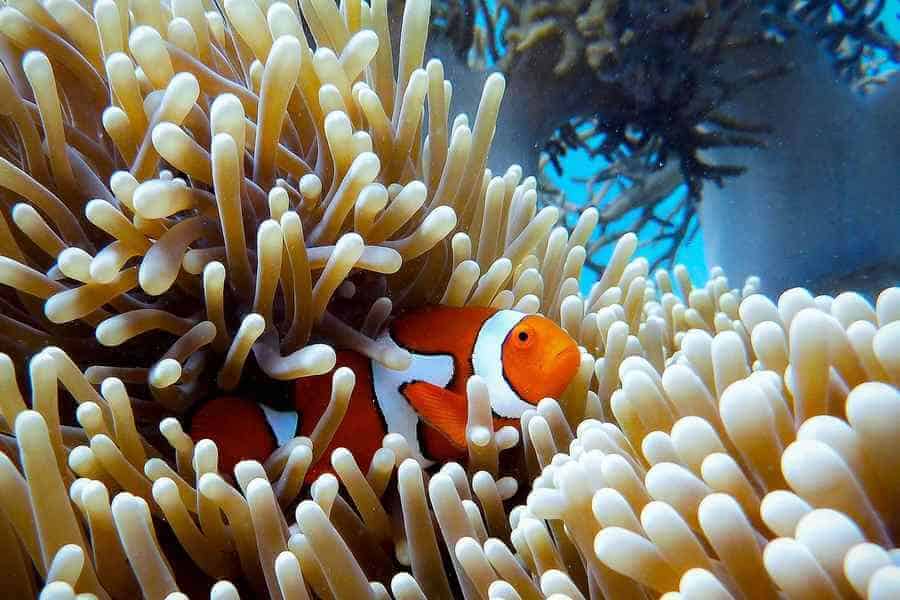
One of the dangers you may face are from stingrays. Manta rays, Eagle rays and sting rays are all common in these seas.
What Sharks Are Found Here?
There are many varieties of sharks found near the island, including Lemon Sharks, Hammerhead Sharks, Whitetip Reef Sharks, Tiger Sharks and Tawny Sharks.
Most of these varieties are not harmful to humans. You can enjoy their presence on boat tours, snorkelling, swimming or scuba diving, enjoying them in their natural habitat.
See Whales Swim Past On The Island
The Coral Sea around the southern parts of the Great Barrier Reef are great spots to watch humpback whales – this is the reason that Hervey Bay on the coast has been referred to as the whale watching capital of the world.
If you visit Lady Musgrave Island during the Australian summer, be sure to consider whale watching tours as a part of your itinerary.
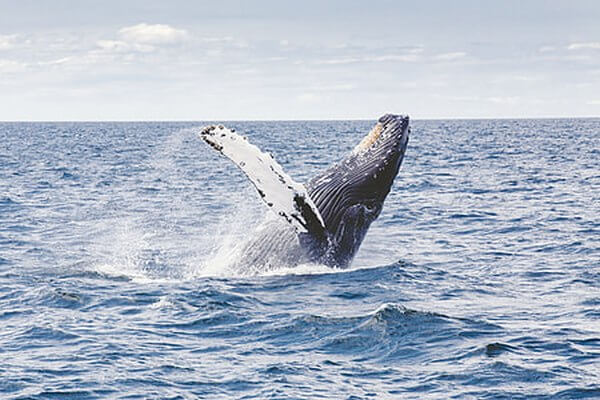
Can You Stay on Lady Musgrave Island?
Lady Musgrave Island has no permanent structures, but camping is permitted for up to 40 people at a time. Spots must be reserved online – ideally 8-10 months ahead of time to avoid disappointment.
There may be long waits, especially during the summer months and school holidays, Check on booking times
You must carry your own water and food and pick up your trash – littering is absolutely not allowed. Some limited supplies such as water and milk are brought over during the daily boat runs from the mainland.
There are certain other restrictions (e.g. no open fires). Such restrictions are vital in order to protect the pristine habitat. There are few comparable experiences to be had on the planet.
Fresh off a full day of adventures along the nature trails, lagoon and reefs offshore, the sight of the night sky will leave you breathless.
This area is well removed from the lights emanating from coastal cities – so the stargazing is at a different level. Meteor showers are a common occurrence.
Can You Fish at Lady Musgrave Island?
Fishing is definitely permitted off the coast of Lady Musgrave Island. Tour operators will take you fishing in the lagoon and seas around the island and offer you bait and tackle.
You can catch some of the freshest table fish on earth.
Main types of fish that come up include the Coral Trout, all types of Cod including the Coral Cod, Red Emperor, Red Throated Emperor, Parrot, Hussar, Bream and Moses Perch.
You can keep your catch and enjoy a delicious dinner of your own making.
Other Activities That You Can Enjoy
There are many activities that you can enjoy on Lady Musgrave Island. It is one of the few spots in the reef where you can enjoy walking, beach activities or marine activities.
The choices include scuba diving, snorkelling, swimming, walking among the casuarinas, watching baby turtles, taking a glass-bottomed boat tour and many more.
Not only can you participate in these types of activities all day, but you can also gaze at the clear sky and identify stars at night.
Scuba Diving Lady Musgrave Island
The Southern reefs are some of the most pristine locations in the world to scuba dive.
There are more than a dozen official dive sites
The site is suitable for experienced scuba divers that can dive deep for long periods of time.
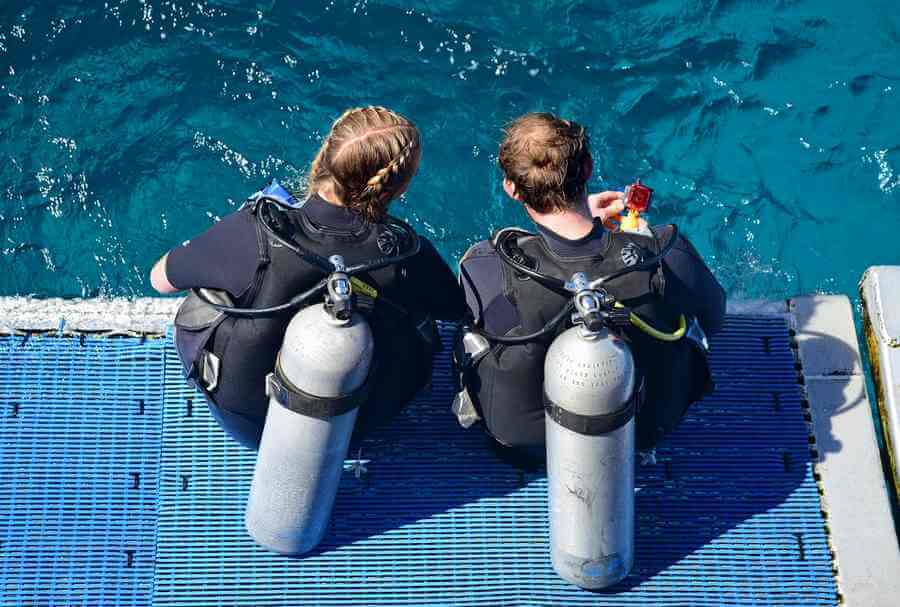
Snorkelling At Lady Musgrave Island
For those not necessarily able to indulge in deep scuba dives, but still interested in swimming alongside the abundant marine life, plenty of snorkelling is a must when visiting the southern reefs.
The tour operators
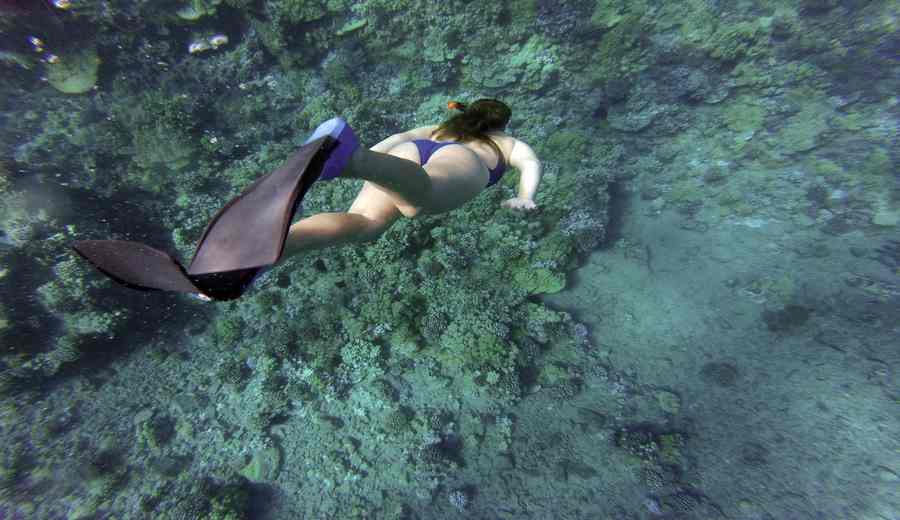
Playing With The Turtles
Swimming with the Green Turtles is one of the best feelings in the world. These friendly, docile creatures will let you relive memories from Finding Nemo.
You need to be careful, though, to not disturb their habitat. This is why there are restrictions around nesting season.
Lady Musgrave Glass Bottomed Boat Tours
Glass bottomed boat tours
Often accompanied by commentary from a marine biologist, these tours provide a feast for the eyes and also a lot of education about life in the reefs.
Walking Among the Trees
Walking the many nature paths around the island, or simply listening to the wind sighing through the Casuarinas is an unforgettable part of the Lady Musgrove experience.
Bird Watching At Lady Musgrave
Lady Musgrave Island is a birdwatcher’s paradise. On a typical day, a visitor can easily sight and log over 20 species of birds.
In addition to the species mentioned above, rarer species such as the Azure Kingfisher and ducks such as the Willy wagtail and Cuckoo shrikes can be spotted.
Things To Be Careful About On Lady Musgrave
The area around Lady Musgrave Island is relatively safe, but there are some dangers that you should be aware of. Among them are stingrays that abound in the waters around the island.
But the main concern may be the occasional foray of Blue Bottles, an extremely painful stinger Portuguese Man o’ War, and a recently discovered strain of box jellyfish.
Luckily, Blue Bottles and most venomous varieties of jellyfish are typically found further north, but there have been recent reports of extremely poisonous box jellyfish that have been sighted in the southern reefs.
Since they are not very common, people may not be on the lookout for them quite as much as they might, say, on Fraser Island further to the south. But the danger remains.
There are some dangers on the island itself, including sightings of Saltwater Crocodiles and some varieties of snakes, but they are not very pronounced. Campers have rarely reported problems with night stays.
What NOT To Do On Lady Musgrave Island
Most of the prohibited items around Lady Musgrave Island involve measures to preserve the pristine natural habitat. Here are some selected examples:
- If you are visiting or camping, you must not leave ANY trash behind.
- Open fires are not permitted.
- During at least two months of the year (February and March), visitors are not allowed while turtles are nesting.
Lady Musgrave Pontoon Boat Coming Soon
The Lady Musgrave Experience group is planning to place a pontoon boat offshore in 2020. It will offer accommodations and underwater viewing experiences – an enhanced experience.
In Conclusion
Lady Musgrave Island is a pristine jewel sitting in the Coral Sea. If you get any chance to visit the area, it will be well worth your time to visit – at least for a day tour but overnight if you can.
There are so few experiences in the world where you can feel absolutely one with nature. This is, without a doubt, one of them.
More Pages On Islands
Islands are one of many natural phenomenons that exist on earth. Islands are found all over the world and vary in size and shape. Some are more remote than others while some islands are right off...
Queensland, Australia is home to a variety of idyllic places to visit. From pristine beaches to rainforests and everything in between, it is brimming with adventure. This is particularly true for...
